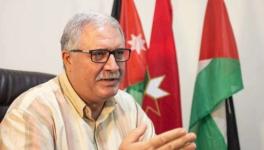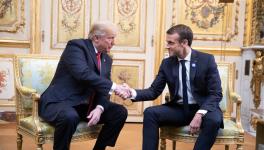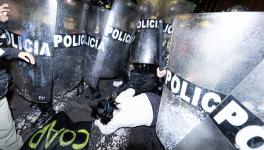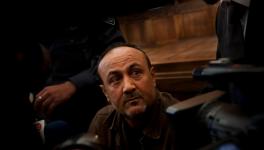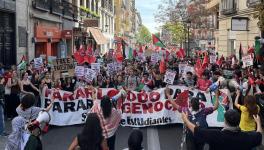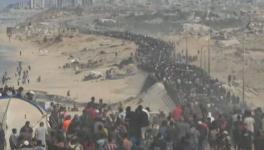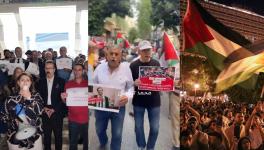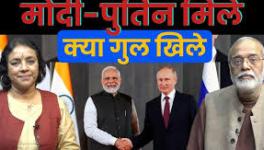Details of Historic Gaza Ceasefire Deal
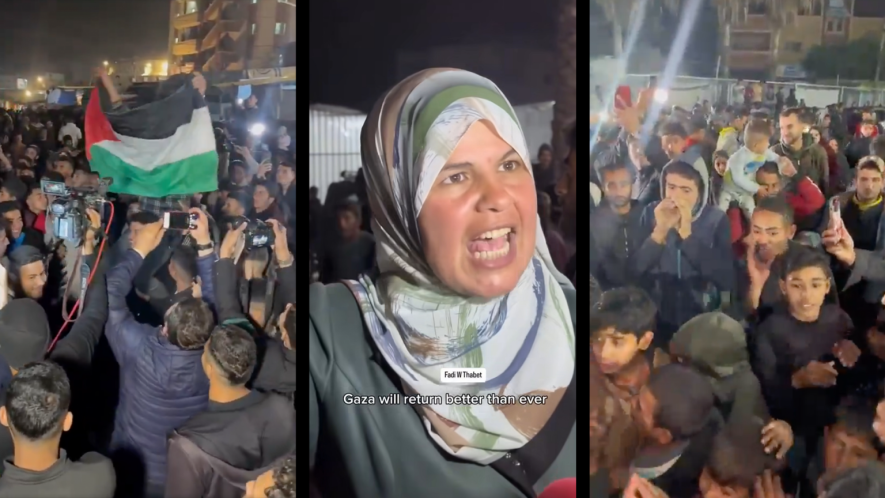
Screenshots of videos of celebrations in the Gaza strip after the agreement was announced.
On behalf of the United States, Egypt and Qatar, the main mediators of Gaza ceasefire deal negotiations, the Qatari Prime Minister Sheikh Mohammed bin Abdulrahman bin Jassim Al Thani announced in a press conference on Wednesday, January 15, that a ceasefire and a captives-for-prisoners swap deal was reached between the Palestinian Islamic Resistance Movement (Hamas) and Israel.
Al Thani said that the ceasefire will come into force on Sunday, January 19 and revealed some details of the deal, adding that work on implementation steps with Israel and Hamas are still underway as some final details still need to be sorted out. An Israeli government vote on the deal is expected on Thursday, January 16.
Details of the ceasefire deal
The full details have not been confirmed by Hamas, Israel, or any of the mediators yet. However, different media outlets have reported some details, allegedly provided by well-informed sources on the ceasefire and captives-for-prisoners exchange deal. The deal will be implemented in three phases, each of which will last for six weeks.
First phase
The first phase of the ceasefire deal will see a halt to fighting, starting on Sunday, January 19. It will also involve a limited captives-for-prisoners exchange, the partial withdrawal of Israeli Occupation Forces (IOF) and a surge of aid into the besieged enclave. The implementation of the first phase will go hand in hand with continuous negotiations to permanently end the war.
During the first phase, 33 Israeli captives including women, children and sick men over the age of 55 will be gradually released. In exchange, Israel will release more than 700 Palestinian prisoners, including around 275 serving life sentences.
According to Israeli TV Channel 12, three captives will be released on the first day, and four captives on the seventh day, and 13 others will be released on the 14th day. On day 28, three captives will be released, and three others on day 35. The rest of captives will be released during the last week of the first phase.
While Qatar, Egypt and the US will serve as guarantors for the implementation of the agreement as a whole, Qatar and Egypt will be supervising the return of displaced people from the southern Gaza Strip to the north within the first phase, provided that they only return on foot through the coastal road.
The withdrawal of the Israeli Occupation Forces (IOF) from the Netzarim corridor, which separates the northern part of Gaza from its south, will be completed in stages. Hamas is said to have demanded mediators to determine the time frame for IOF’s withdrawal, using a timetable. IOF will maintain an 800-meter deep buffer zone along Gaza’s eastern and northern borders with Israel during the first phase.
Once the ceasefire comes into force, 600 aid trucks, including 50 fuel trucks, will enter Gaza every day. 200,000 tents and 60,000 mobile homes will be provided to Gaza’s displaced people as well. To allow the entry of international aid into Gaza, the Rafah border crossing will start operating immediately under Egyptian sponsorship and in coordination with Hamas, once the ceasefire deal takes effect.
Second phase
Negotiations on the implementation of the second phase, will begin on day 16 of the first phase, which will include the release of the remaining 65 Israeli captives in exchange for an agreed-upon number of Palestinian prisoners in Israeli jails, a permanent ceasefire, and a complete Israeli withdrawal from the Gaza Strip.
Third phase
The third phase will include the exchange of the remains and bodies in the possession of both parties after identification. As the third phase begins, the reconstruction of Gaza will start and last for three to five years. The reconstruction process will include homes, civilian buildings, and infrastructure, with compensation for all affected individuals under the supervision of several countries and organizations, including Egypt, Qatar, and the United Nations. Furthermore, the third phase stipulates the opening of the crossings and allowing the movement of people and goods.
Remarks by Hamas, Israel, and mediators
After announcing that the ceasefire agreement was reached on Wednesday, Qatari Prime Minister Sheikh Mohammed bin Abdulrahman bin Jassim Al Thani affirmed that his country will continue to support the Palestinian people “with direct care and close follow-up from Qatar’s Emir Sheikh Tamim bin Hamad Al Thani.” The Qatari premier reiterated that “the state of Qatar will work closely with its partners to ensure the full implementation of the agreement and the restoration of sustainable calm in the Gaza Strip.”
Shortly after the Qatari premier’s press conference, US President Joe Biden gave an address to announce from his end that the agreement was reached. He also provided rough information about its phases. Biden further claimed the credit for the agreement, saying that it largely mirrored the framework of a proposal he made in May.
However, US President-elect Donald Trump claimed on social media that the breakthrough, which followed months of stalled negotiations, is attributed to him, after he had repeatedly warned there would be “hell to pay” if a deal was not made by the time he takes office.
“This EPIC ceasefire agreement could have only happened as a result of our Historic Victory in November, as it signaled to the entire World that my Administration would seek Peace and negotiate deals to ensure the safety of all Americans, and our Allies,” Trump said.
Egyptian President Abdel Fattah el-Sisi welcomed reaching the ceasefire, emphasizing “the urgency of facilitating the swift delivery of critical humanitarian aid to the people of Gaza to address the current catastrophic humanitarian crisis, without any impediments.”
After the mediators announced reaching the ceasefire deal, Israeli Prime Minister Benjamin Netanyahu said late Wednesday, that the deal is still not complete pending the confirmation of final details.
In a televised statement aired on Al Jazeera on Wednesday, Senior Hamas official, Khalil al-Hayya considered the announcement of the ceasefire deal “a historic moment” of the Palestinian people’s struggle for freedom. Al-Hayya pointed out that the “Al-Aqsa Flood” battle marks a pivotal moment in the history of the Palestinian cause, reaffirming that the steadfastness of the Palestinian people and the bravery of the resistance “thwarted the plans of the Israeli enemy”.
Get the latest reports & analysis with people's perspective on Protests, movements & deep analytical videos, discussions of the current affairs in your Telegram app. Subscribe to NewsClick's Telegram channel & get Real-Time updates on stories, as they get published on our website.










